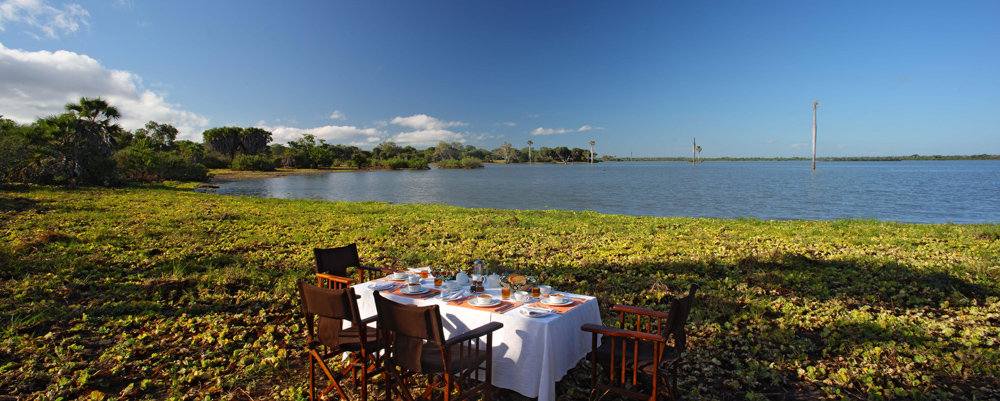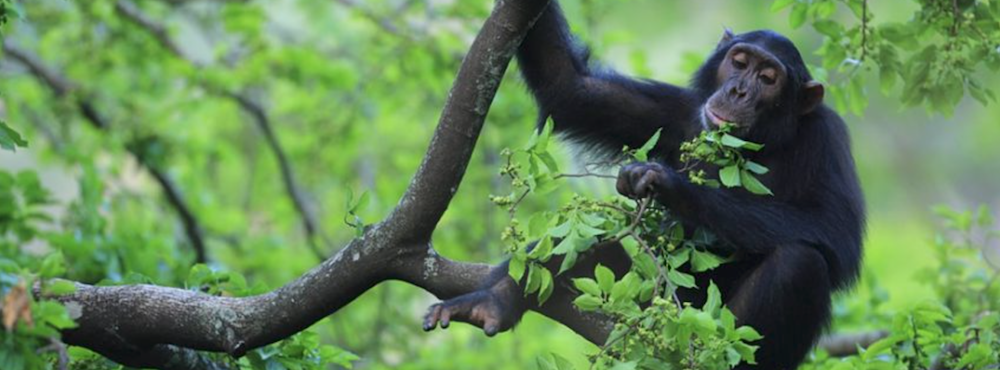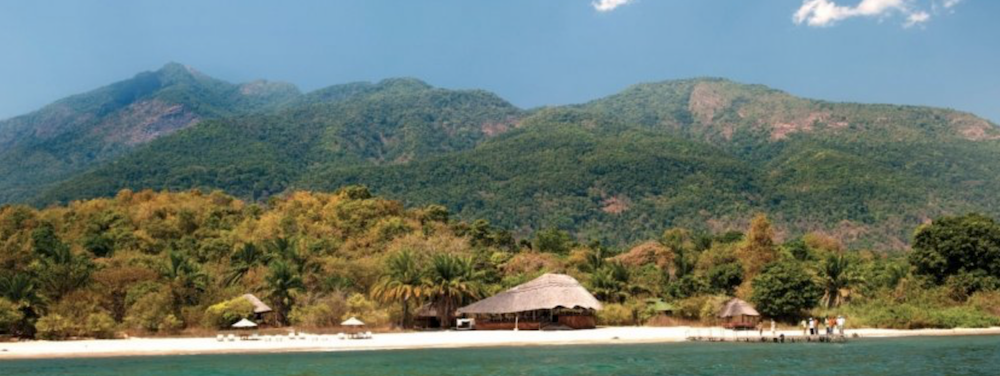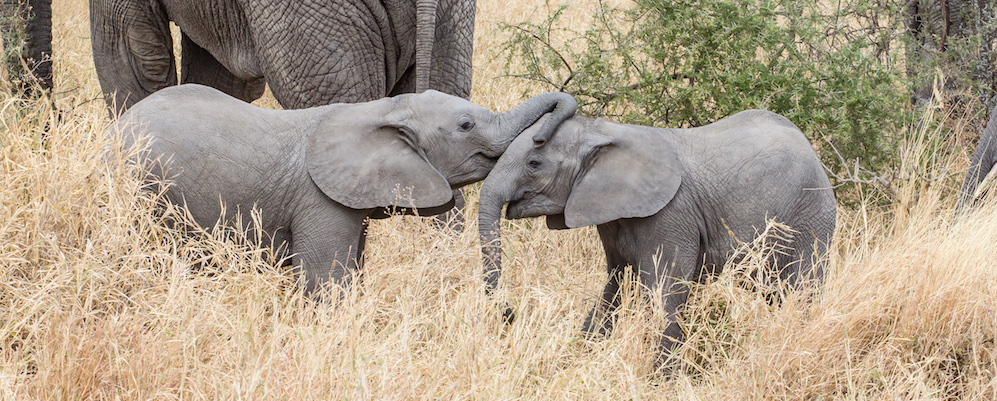South: RUAHA NATIONAL PARK

Ruaha National Park, along with the Selous Game Reserve, comprise the most popular wildlife destinations in southern Tanzania. Though popular is a relative term as visitor numbers are just a fraction of the more famous and accessible northern parks. Despite recent incremental growth in tourism, Ruaha has remained essentially unchanged for centuries. As Tanzania’s second largest national park Ruaha is one part of a more massive ecosystem that includes the Rungwa and Kisigo Game Reserves, as well as several other protected areas. It is home to high concentrations of elephant, as well as large herds of buffalo, kudu, Grant’s gazelle, wild dogs, ostrich, cheetah, roan and sable antelopes and more than 500 types of birds. The terrain is varied, with wild fig trees, baobab forests, and gorges of glowing orange sandstone. The parks main feature is the Ruaha River with its swirling rapids and deep pools inhabited by crocodiles and hippos. If making the trip to Ruaha, one should stay for several days, allowing time to explore deeply into the park and to soak in the enormity of it all.
Travel Time. Kilimanjaro to Ruaha airstrips: 2-4 hours by bush plane.
Nearby. Selous Game Reserve (1 hour flight).
South: Selous game reserve

The Selous Game Reserve, at more than 50,000 km2 (larger in size than Costa Rica and comprising fully 5% of Tanzania’s total land area), is Africa’s largest wildlife reserve. It is named for Englishman Frederick Courtney Selous, one of the original “Great White Hunters,” venerated in their day but seen differently today for the destruction they wrought. The reserve boasts huge expanses of unspoiled wilderness with few tourists, but also lower densities of wildlife than in the northern parks. Still, the Selous has the largest elephant population in Tanzania, large numbers of the rare black rhino, and the elusive wild African hunting dog, among the whole panoply of African mammals and bird life. The Rufiji River, which divides the northern Selous – reserved for photo safaris, from the southern sector – the preserve of trophy hunters, is dense with crocodiles and hippos. The reserve uniquely offers boat safaris on the Rufiji and extended walking safaris throughout its northern sector.
Travel Time. Kilimanjaro to Selous airstrips: 2-4 hours by bush plane.
Nearby. Ruaha National Park (1 hour flight).
EAST: SAADANI NATIONAL PARK

Saadani is Tanzania’s most unique national park. Its 1,000 km2 straddles the Wami River as it feeds into the Indian Ocean, creating a fascinating mix of beach, bush, and river. Truly native plants flourish, providing a rich tapestry of habitats to a vibrant and abundant wildlife population. Wildebeest, antelope, duiker, reedbuck, buffalo, zebra, and giraffe amble the savanna plains, while elephants have been seen on the beach. Lion, leopard, mongoose, and other predators relax in the shade before embarking on their hunt in the cool of the evening. In the Wami River hippo and crocodile are prolific, and the brackish water at its mouth provides ideal habitat for pelicans and flamingos. Turtles and dolphins may be seen around the sand island just off shore, where the coastline stretches unbroken to the horizon in both directions. The park is also a birders paradise with a huge variety of migratory and indigenous species present throughout the year. Game drives around the park are uniquely intimate as encounters with other vehicles are rare. Quiet and patience are important at Saadani as the animals of the park are unaccustomed to humans.
Travel Time. Kilimanjaro to Saadani: 7 hours by safari vehicle or 2 hours by bush plane.
Nearby. None.
WEST: Gombe National Park

Made famous by Jane Goodall’s groundbreaking research that has found chimpanzee use of tools, an understanding of the medicinal qualities of some plants, sophisticated hierarchies, organized hunting, and even warfare, Gombe National Park is a tiny park (56 km2 ) on the shores of Lake Tanganyika in far western Tanzania. Most visitors come for the chance to sit with our closest living relatives. Yet, this distinctive park also offers 13 picturesque forested valleys extending from the lake up the Rift Valley escarpment and containing several other primate species, including red colobus, blue, and red-tailed monkeys and olive baboons, plus other small mammals and more than 200 bird species. The latter range from the African crowned eagle that hunts monkeys to the remarkable palm-nut vulture, a near-vegetarian that prefers fruit to carcasses. While all forest walks must be ranger-guided, visitors may walk freely along the lake shore. Allow for at least 2 full days in the park, plus travel time.
Travel Time. Kilimanjaro to Gombe: 5 hours by bush plane to Kigoma plus 1 hour boat to Gombe (normally requires overnight in Kigoma).
Nearby. None.
west: mahale mountains NATIONAL PARK

Mahale Mountains National Park is one of the least-visited and most inaccessible of Tanzania’s parks. Arrival is by plane or boat (with the latter being a logistical challenge) with all game viewing done on foot. Mahale is on the shores of Lake Tanganyika, the longest and deepest lake in Africa, and it contains a wide range of habitat – from the lake shore to forest, mountains (up to 2460m elevation), savanna, and miombo woodland. Visitors are rewarded with the chance to observe in close proximity the park’s chimpanzees (numbering more than seven times that of their more famous cousins in Gombe and possessing distinctly different behaviors, tools, and diet), as well as the chance to spot elephant, buffalo, giraffe, warthog, zebra, lion, and the rare sable and roan antelopes, and large swarms of butterflies. Due to limited access to Mahale, expect a minimum stay of 3 nights.
Travel Time. Kilimanjaro to Mahale: 4 hours by bush plane.
Nearby. Katavi National Park (1 hour flight).
west: Katavi National Park

For a true remote wilderness experience far from other safari-goers, Katavi National Park can’t be beat. The large park contains miombo woodland and acacia forest, but its primary attraction is a huge floodplain, cut by seasonal lakes and the Katuma River. As these dry up, the massive herds congregate around the remaining water sources, so the seasonal game-viewing is unparalleled. Photo opportunities abound as the hippos and crocodiles converge in these ever-shrinking pools, while the park’s 60,000 head of buffalo jockey for access to water. Other animals found in this grassland include elephant (more than 4,000), lion, leopard, giraffe, zebra, antelope, gazelle, topi, eland, and reedbuck. Walking is allowed in the park with a ranger. Flights into the park are twice weekly and accommodations can be costly.
Travel Time. Kilimanjaro to Katavi: 3 hours by bush plane.
Nearby. Mahale Mountains National Park (1 hour flight).